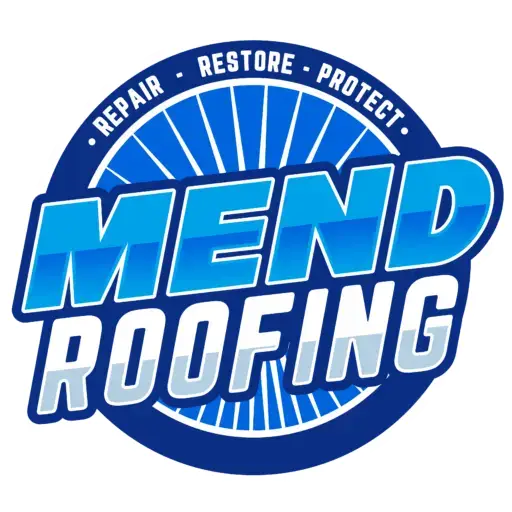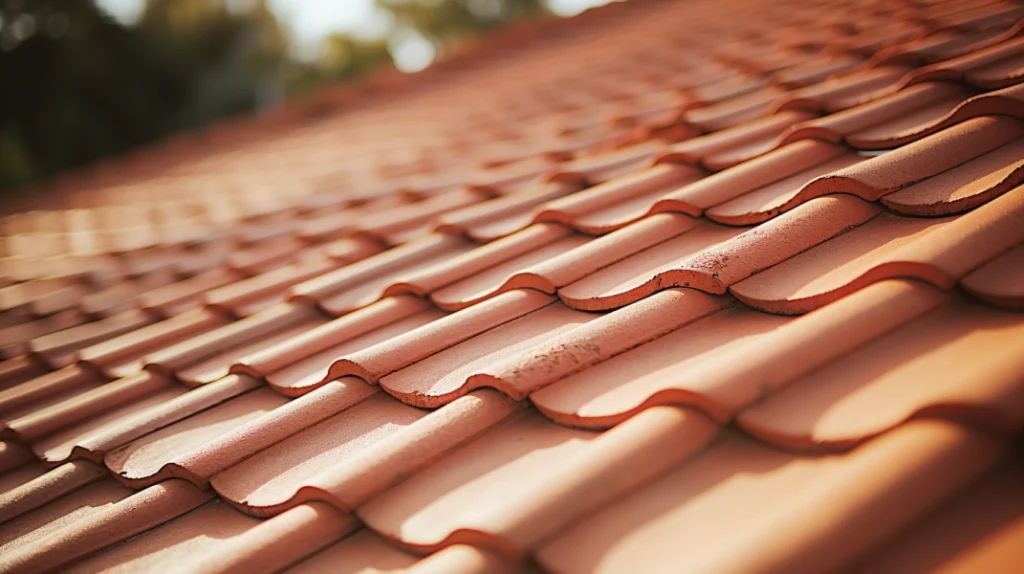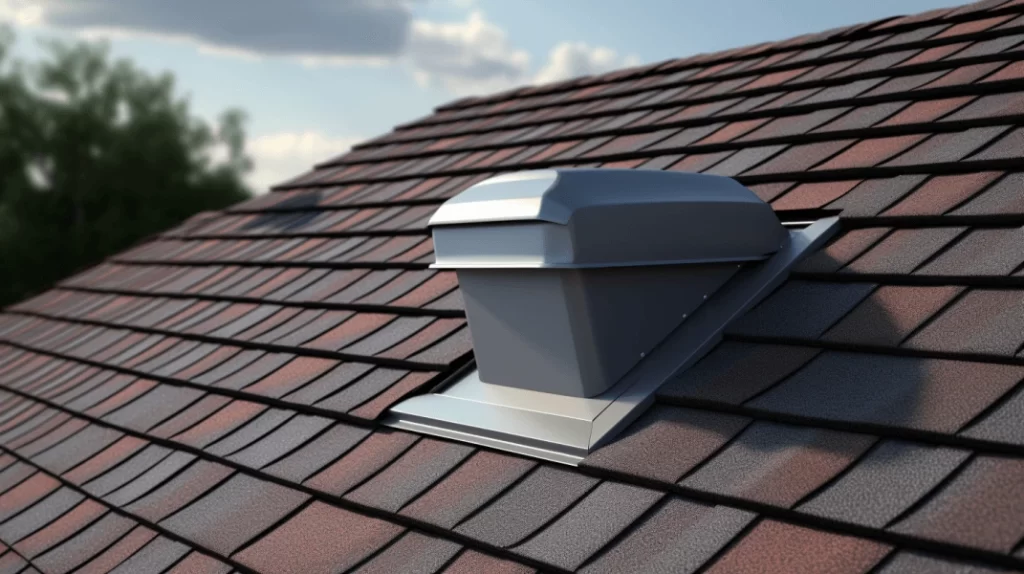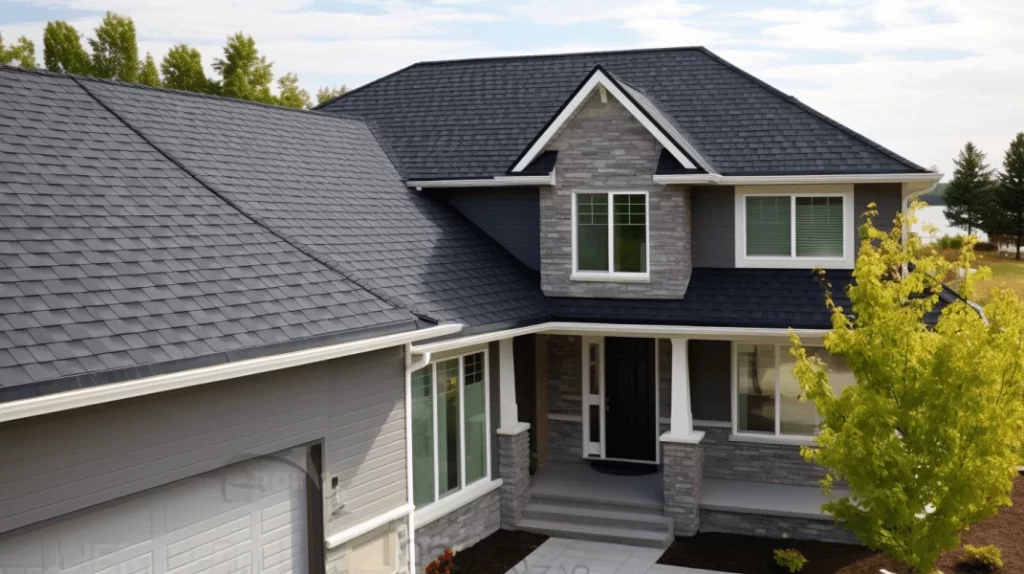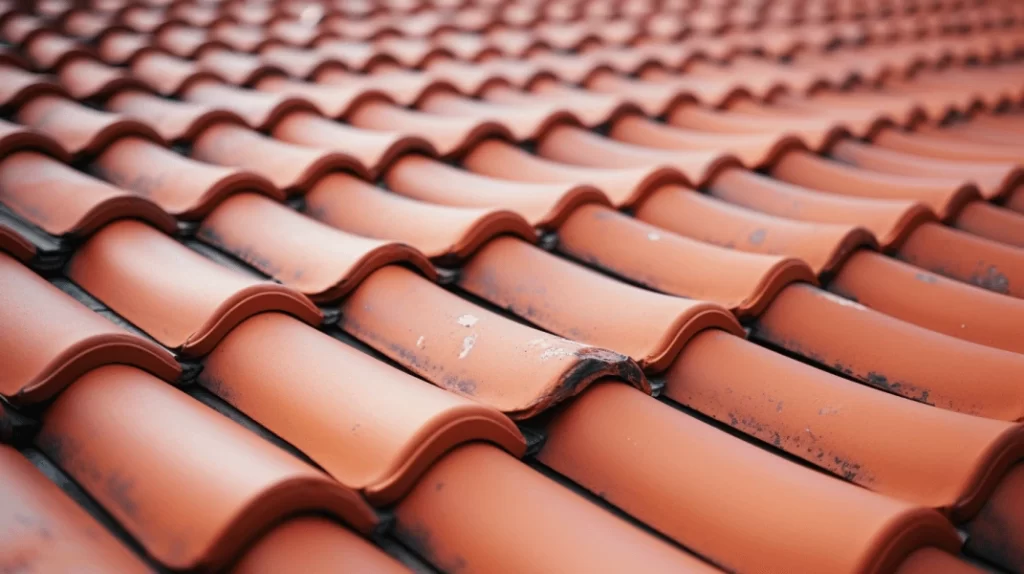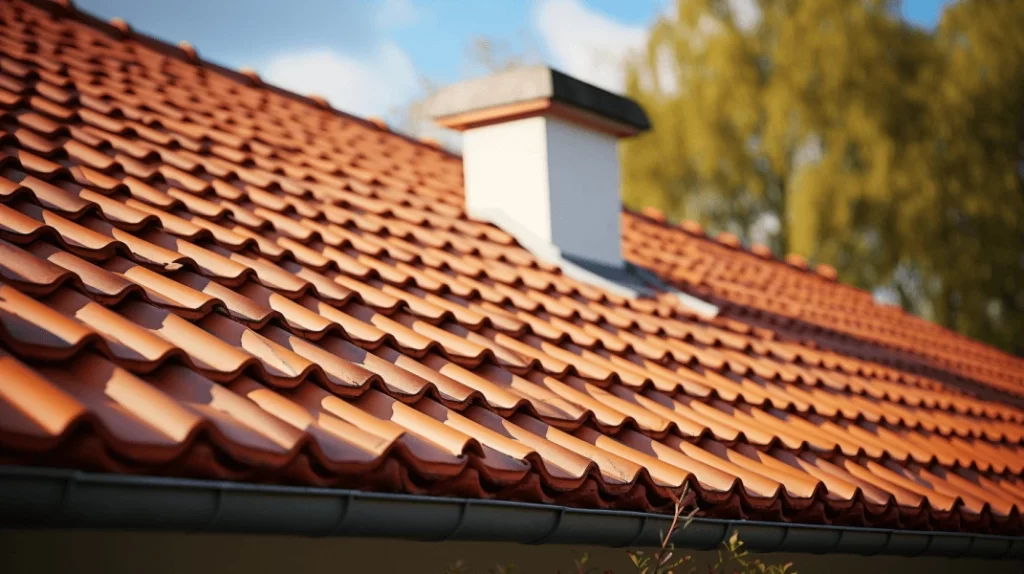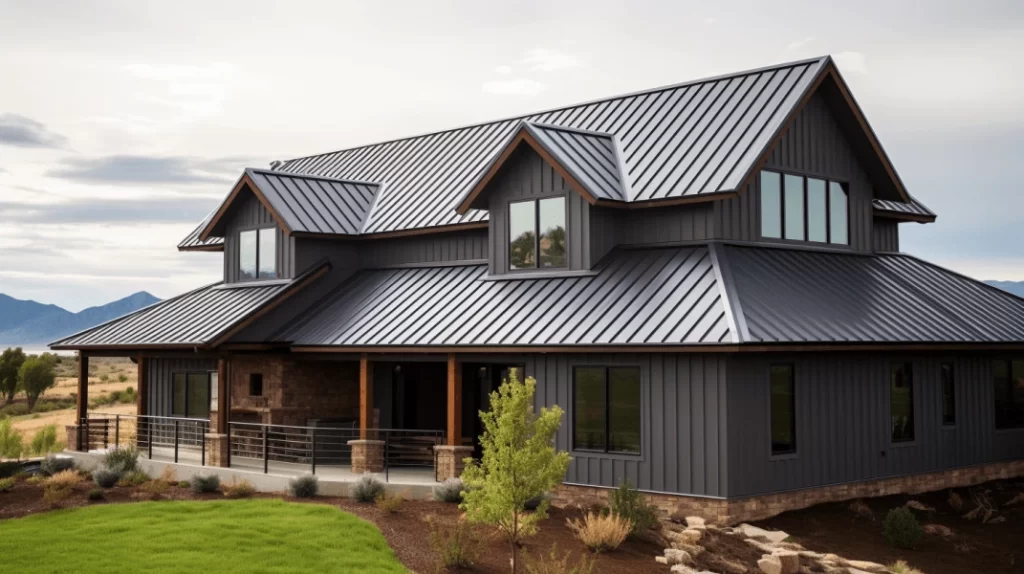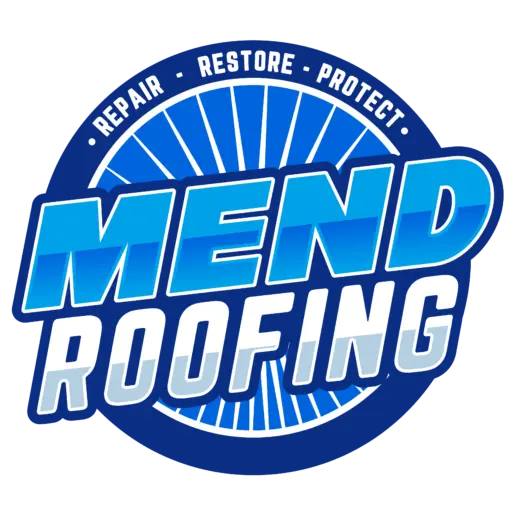Roof design is an intricate blend of both functionality and aesthetics. A well-constructed roof not only safeguards a building from external elements but also elevates its overall visual appeal. In this guide, we delve deep into the nuances of creating a roof that is both practical and aesthetically pleasing.
The Essence of Understanding Building Purpose
Every building, be it residential or commercial, has a distinct purpose. This purpose dictates the architectural style, material choices, and design nuances. For instance, while a home in Cypress might emphasize a design that resonates with the local community’s charm, a corporate building would lean towards a sleek, modern appearance. Aligning the roof design with the building’s intent ensures a harmonious blend of functionality and aesthetics.
The Value of Expert Consultation
When it comes to roofing, there’s no substitute for professional advice. Experts, like those at Mend Roofing, bring a wealth of knowledge about local conditions, material suitability, and design intricacies. Whether you’re considering a roof repair in Cypress TX or contemplating a new installation, consulting with a seasoned roofer in Cypress TX ensures that the design is both robust and visually appealing.
Navigating Local Climate and Regulations
Cypress, with its unique climatic conditions, demands specific considerations in roof design. A design that caters to heavy rainfall, for instance, would prioritize efficient drainage systems. Moreover, adhering to local building codes ensures the roof’s longevity and safety. A roofing contractor in Cypress Texas would be well-versed in these regulations, ensuring a design that’s both compliant and effective.
Material Choices: Striking the Right Balance
The choice of roofing material plays a pivotal role in determining both the roof’s durability and its aesthetic appeal. From asphalt shingles and metal roofing to clay tiles and cedar shakes, each material offers distinct advantages. For instance, while metal roofing might suit a contemporary setting, clay tiles could be the perfect fit for more traditional architectures. The key lies in choosing a material that aligns with the building’s style while offering optimum protection.
The Role of Roof Pitch and Shape
The pitch and shape of a roof influence how it interacts with natural elements. A steeper slope, for example, ensures efficient water runoff in areas prone to heavy rainfall. The shape, be it gable, hip, or mansard, adds to the building’s architectural character. By carefully selecting the pitch and shape, one can achieve a design that’s both functional and in sync with the building’s aesthetics.
Ensuring Effective Drainage
An efficient drainage system is paramount to the roof’s longevity. Gutters and downspouts, when strategically placed, channel water away from the structure, safeguarding it from potential water damage. Moreover, a well-integrated drainage system complements the roof’s design, adding to its visual appeal.
Embracing Sustainable Roofing Practices
Sustainability is no longer just a buzzword; it’s a necessity. Incorporating green roofs or integrating solar panels not only reduces the building’s carbon footprint but also enhances its aesthetic appeal. Such sustainable practices ensure that the building remains energy-efficient while making a positive environmental impact.
In conclusion, designing a roof that seamlessly blends functionality with aesthetics requires a meticulous approach. By understanding the building’s purpose, seeking expert advice, considering local conditions, making informed material choices, and embracing sustainability, one can craft a roof that stands the test of time while adding immense aesthetic value to the structure.
